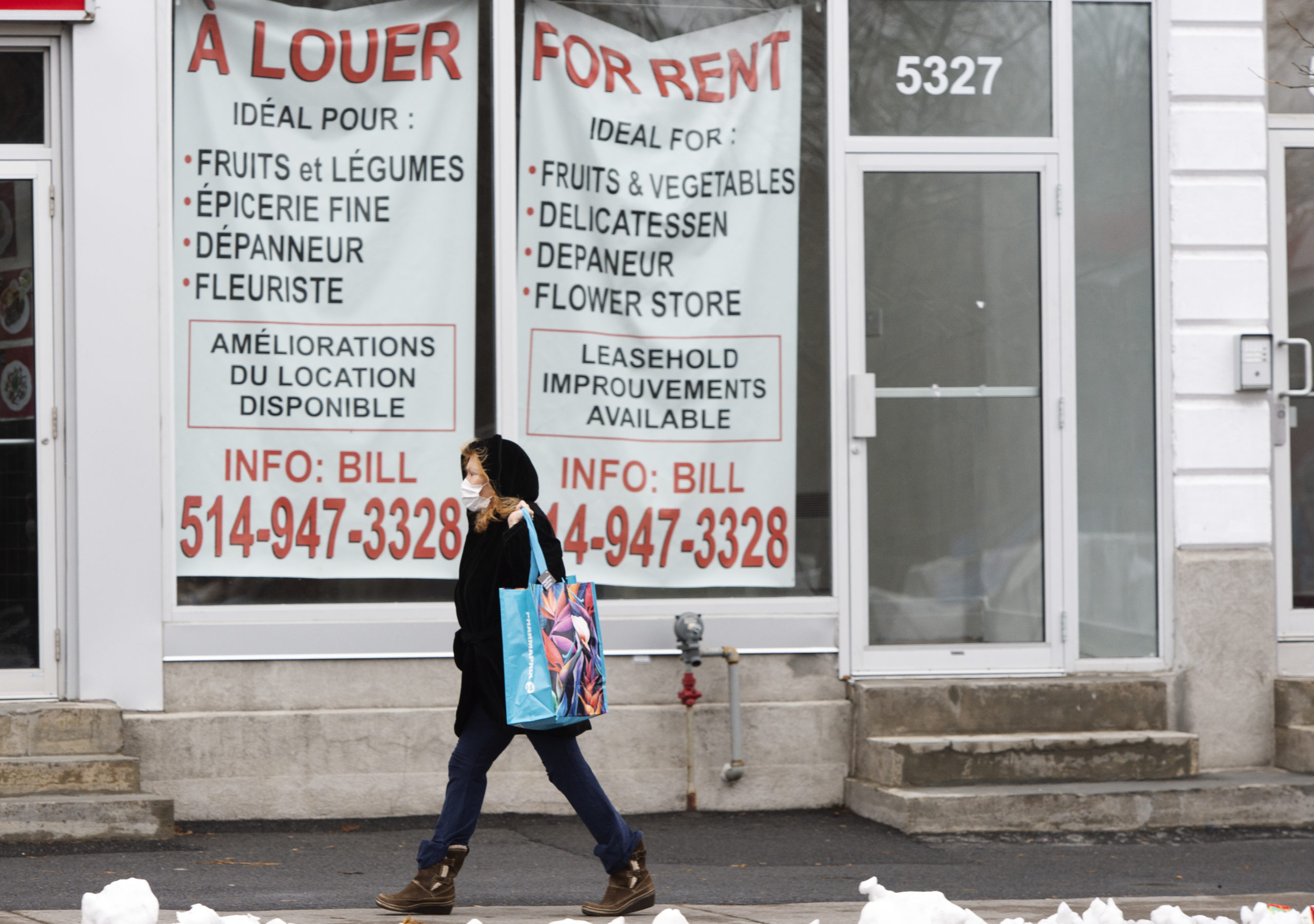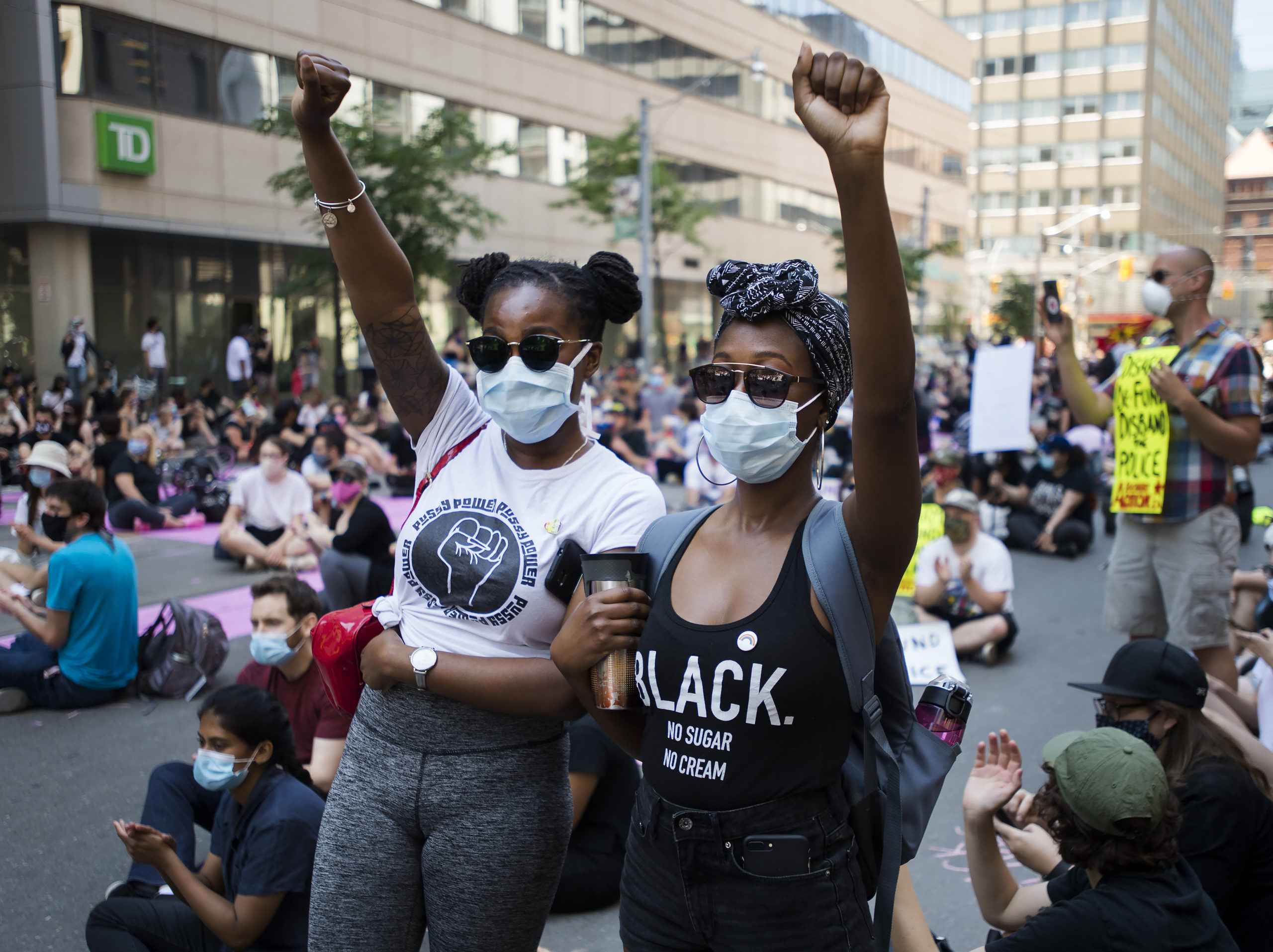
Here’s a brain challenge – can you remember when the last federal election took place? Do you remember the weighty issues that were discussed? Setting aside the fact that most of us can’t quite figure out what day it is during the pandemic, you can be forgiven for having a fuzzy memory of that last campaign. It was utterly forgettable.
Then Conservative leader Andrew Scheer promised to make maternity benefits tax-free! The Liberals promised to boost Old Age Security (OAS) by 10 per cent after the age of 75! At the leaders’ debates, they spent time sniping at right-wing (and ultimately irrelevant) People’s Party of Canada Leader Maxime Bernier, poking Scheer on his personal views on abortion, and reminding voters Justin Trudeau’s government had just bought a pipeline. The whole thing inspired a collective “meh.”
The COVID-19 pandemic – and the murder of George Floyd in May in the United States – launched this country into a much more serious and prolonged period of self-examination and overdue policy movement. Suddenly, we were going through a national stress test – all our chronic, systemic weaknesses were out in the open and impossible to ignore. Researchers and activists who have been working for years on key obstacles to Canadian prosperity and well-being were finally able to capture the attention of the media, policy-makers and the public.
Here’s a look at some of the policy areas that moved into the light during 2020.
Long-term care
In the spring, health policy expert Steven Lewis summed up the unfolding catastrophe in long-term care as a “policy failure that has exposed our values and priorities and placed too many at the mercy of the pathogen.” Of the COVID-19-related deaths in Canada, data has shown 80 per cent occurred in long-term care facilities – many of those vulnerable residents dying in isolated circumstances as their loved ones were unable to be with them in their final days. What intolerable anguish.
What has made the tragedy even harder to absorb is that the deficiencies in the system have been well documented in research reports that have piled up on government shelves over the years. Funding lies at the heart of the issue – not only insufficient funding for long-term care, but also for home care, which would allow many more seniors to live out their years where they’re most comfortable. Canada trails other wealthy OECD countries in the number of nurses and care workers who work in with people over 65 in the home, leaving families to pick up the slack. The inadequate pay and protections given to the people (often racialized) working in long-term care is part and parcel of the overall funding challenge.

Other countries have already embraced public insurance systems that tailor public spending to the specific needs of the elderly rather than automatically moving them into long-term care. It’s an idea that needs to be fully explored, with concerted attention, by federal and provincial policy-makers.
Child care

Back in 2006, the then-Conservative government axed a national child-care plan, explaining that parents should have the “choice” of who was taking care of their kids rather than have government fund institutional spaces. But, of course, the idea that legions of aunties and grandmas were standing at the ready to take care of our children was always preposterous, and the challenge for parents to find quality spaces festered for another 14 years.
Then the pandemic hit, and suddenly even Conservative premiers were forced to declare child care an essential service – not just something nice to have. Perhaps the challenge only came into sharp focus when all Canadians – men, women, rich and low-income, even politicians – experienced what it was like not have the option for care.
Without care, parents – more often than not mothers – can fall out of the labour force. U.S. Senator Elizabeth Warren summed up the issue well at the Democratic National Convention: “We build infrastructure like roads, bridges, and communications systems so that people can work…It’s time to recognize that child care is part of the basic infrastructure of this nation – it’s infrastructure for families.”
In the fall economic statement, the federal government committed to “lay the groundwork for a Canada-wide child-care system,” by creating a federal secretariat. Let’s hope that we’re past the point where child care is politicized along right-left lines, and seen instead as a way to leverage more economic growth and provide real equity to Canadian women.
The gaps in our social safety net

When millions of Canadians suddenly found themselves temporarily out of work or laid off completely, the federal government moved swiftly to provide Canada Emergency Response Benefit (CERB) cheques. What was clear right from the outset was that the existing Employment Insurance system wouldn’t be an adequate safety net for many Canadians, including those who worked in non-standard, self-employed and ultimately precarious jobs – part of the gig economy. Too many Canadians are simply ineligible for EI, in many cases despite having paid into the system.
There are plenty of smart people who have been banging the drum for change. Carleton University’s Jennifer Robson has made the case for moving toward a “trust-but-verify” approach to EI payments, which issues payments more quickly and uses existing tax data to verify an individual’s income and work history after the fact. Economist Tammy Schirle has highlighted how the incomes of self-employed individuals tend to be low, but that much more research is required before figuring out how to protect them. David Gray and Philip Leonard, meanwhile, pointed out in a recent study that benefit exhaustion (when a person runs out of benefits) is a common occurrence, and Ottawa has had to use ad hoc benefit extensions during most of the last 20 years to plug these gaps for certain workers.
And then there are the Canadians who have not just lost work, but also a roof over their heads. Research shows that among homeless Canadians (roughly a quarter million Canadians), the majority are single persons – hardly surprising given that the average welfare income of singles on social assistance is less than $10,000 per year. In the early days of the pandemic, the homeless were quickly moved into temporary housing (including arenas) to address public health concerns. “When we have come through this crisis, are we prepared to push people back out to where they were, on the streets and in shelters?” Dr. Naheed Dosani pointedly asked.
The lived reality of racialized Canadians

For the first time this year, Statistics Canada began to collect disaggregated labour-force data based on race, and immediately highlighted in its releases that racialized Canadians were disproportionately impacted by the pandemic. StatsCan research manager René Morissette noted that COVID-19 exposed “significant vulnerabilities and inequalities that were largely hidden in Canada prior to the pandemic,” with Indigenous people and recent immigrants among those who were more financially vulnerable to begin with. Professors Ana Ferrer and Bessma Momani have underlined the uneven impact on immigrant women in particular, noting that higher levels of education did not insulate them from losing their jobs.
Beyond just the labour impact, racialized Canadians were also hit the hardest by the disease itself, largely due to the front-line, low-paid work done by people from those communities.
Still, data and evidence aren’t always enough to convince the most senior of policy-makers. Quebec Premier François Legault refused to acknowledge systemic racism exists in the province, even following the grotesque treatment of Atikamekw woman Joyce Echaquan by hospital staff in Joliette, Que., which Echaquan captured on her cellphone shortly before she died.
None of this would come as a shock to Black, Indigenous and other racialized Canadians for whom different treatment, different outcomes and political indifference are a lived reality. But 2020’s sustained attention to the issue of racial injustice, especially following the death of George Floyd in Minneapolis, appeared to mark a shift in the public dialogue. Will it be sustained? Former MP Celina Caesar-Chavannes put it this way in June: “If diversity is truly going to be our strength and #BlackLivesMatter is going to be a reality beyond the hashtag, our governments need to be serious and intentional about policy that is inclusive and funding that is sustainable.”
We are all anxious to see the backside of 2020 and to thrust out our arms for a vaccine needle in 2021. “Oh, the places you’ll go,” is not just the title of a Dr. Seuss book, but a motto for the new year. But returning to “normal” should not mean turning the public-policy gaze away from issues that might have seemed too big and daunting to address in the past. They should remain in our field of vision, as desperately as we might want to move on to easier topics.
Photo: Visitors to the historic Distillery District in Toronto take in the Christmas lights on December 12, 2020. THE CANADIAN PRESS/Frank Gunn









